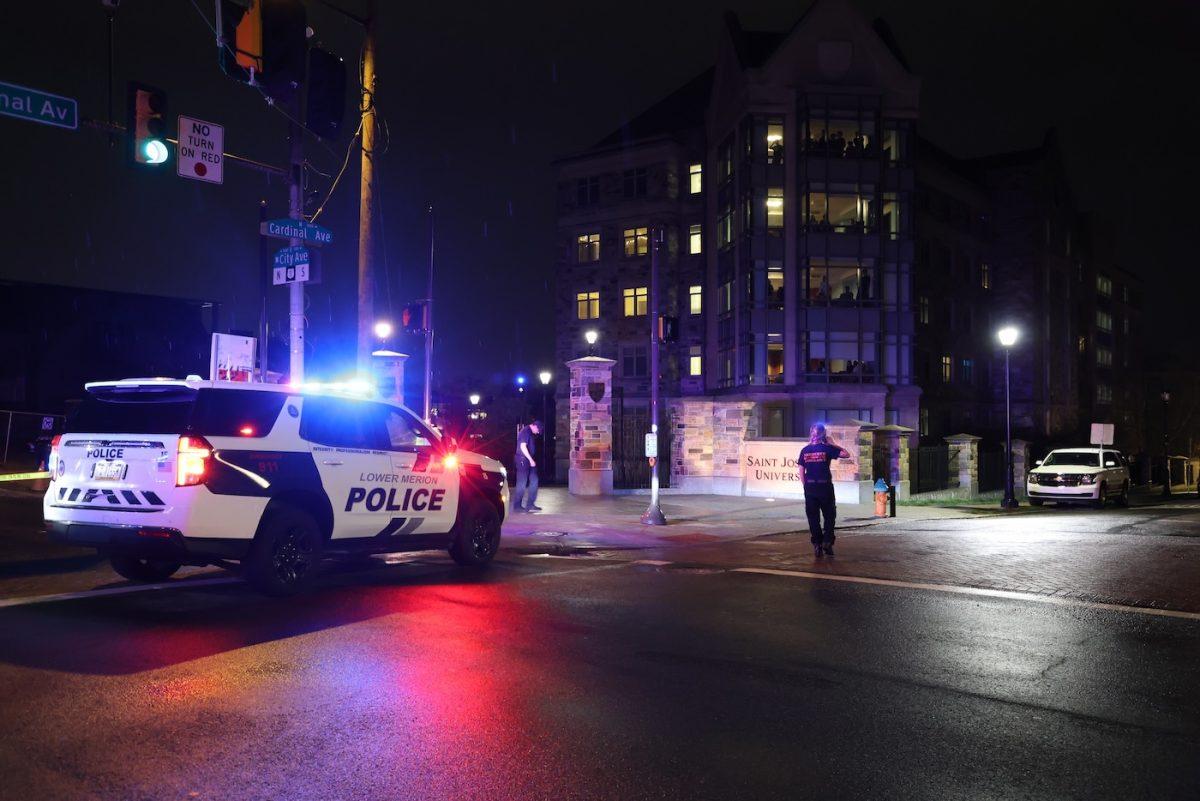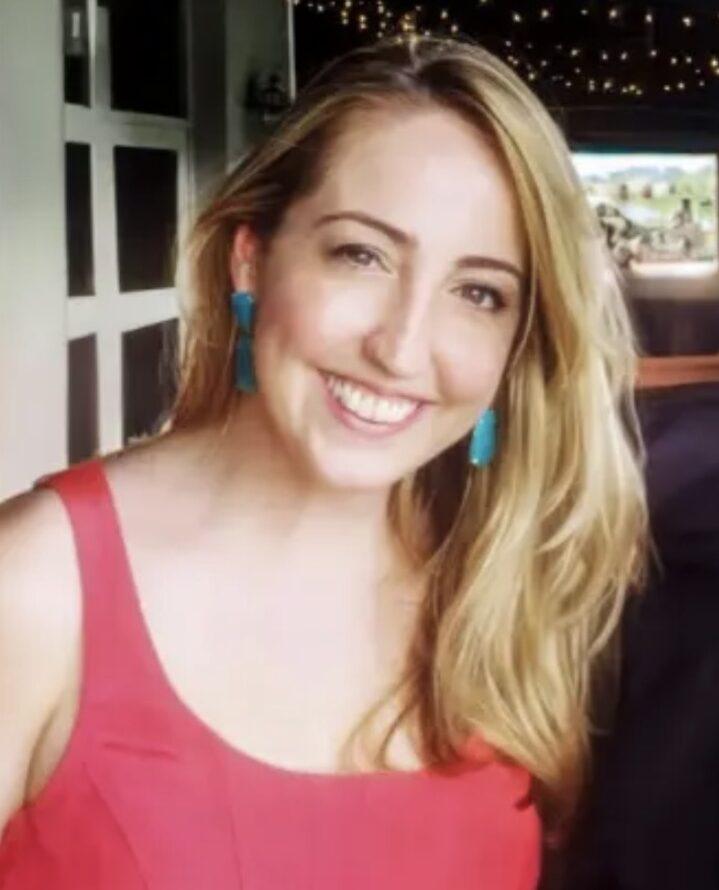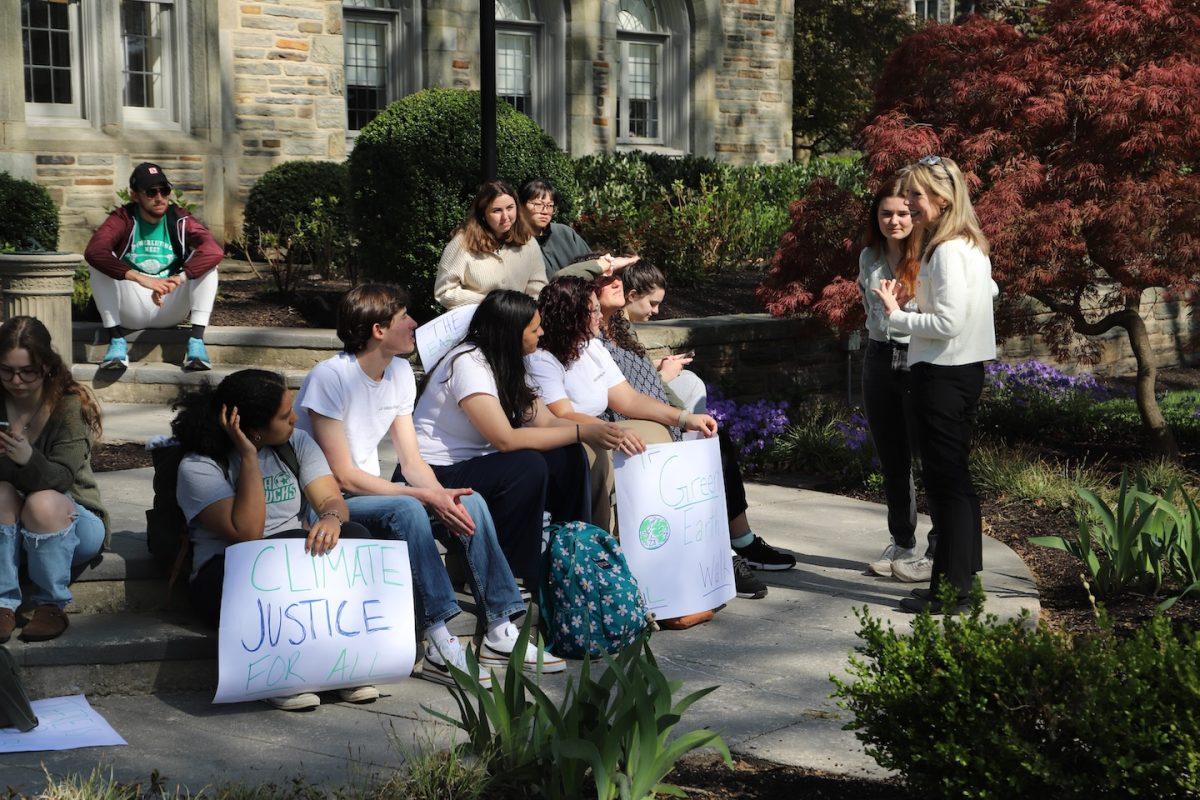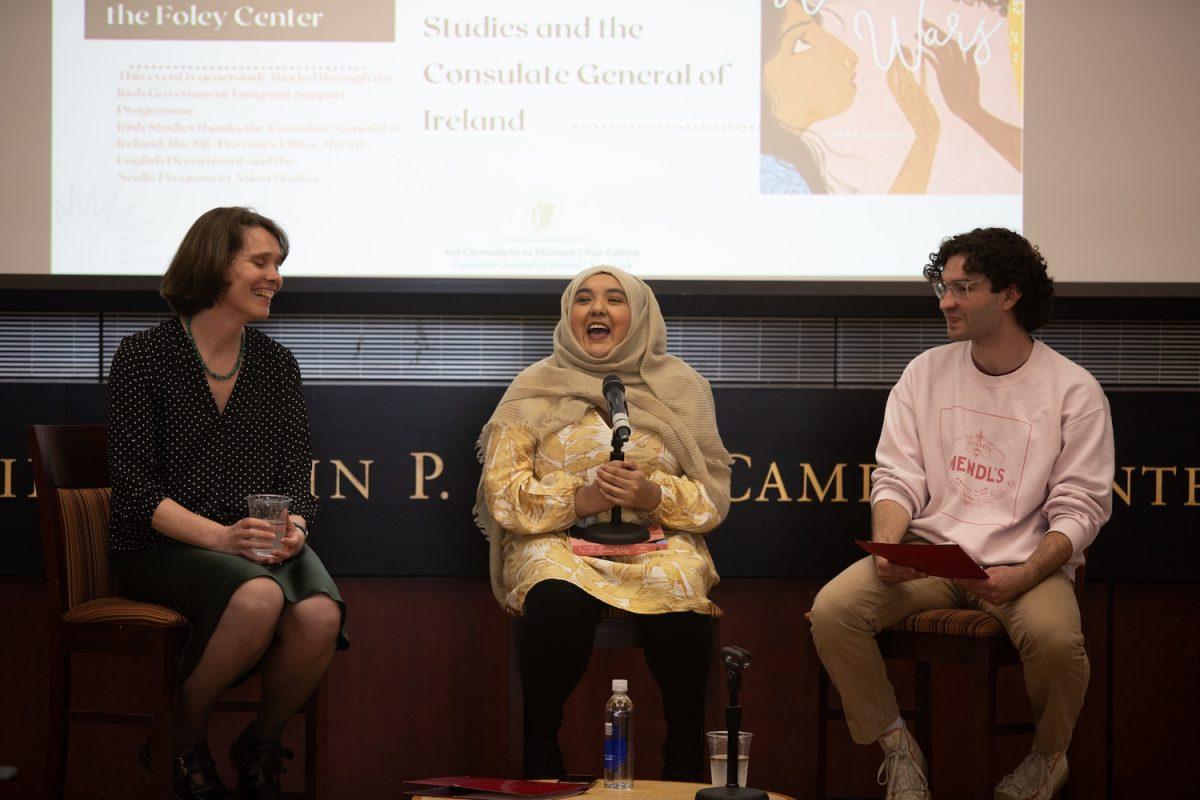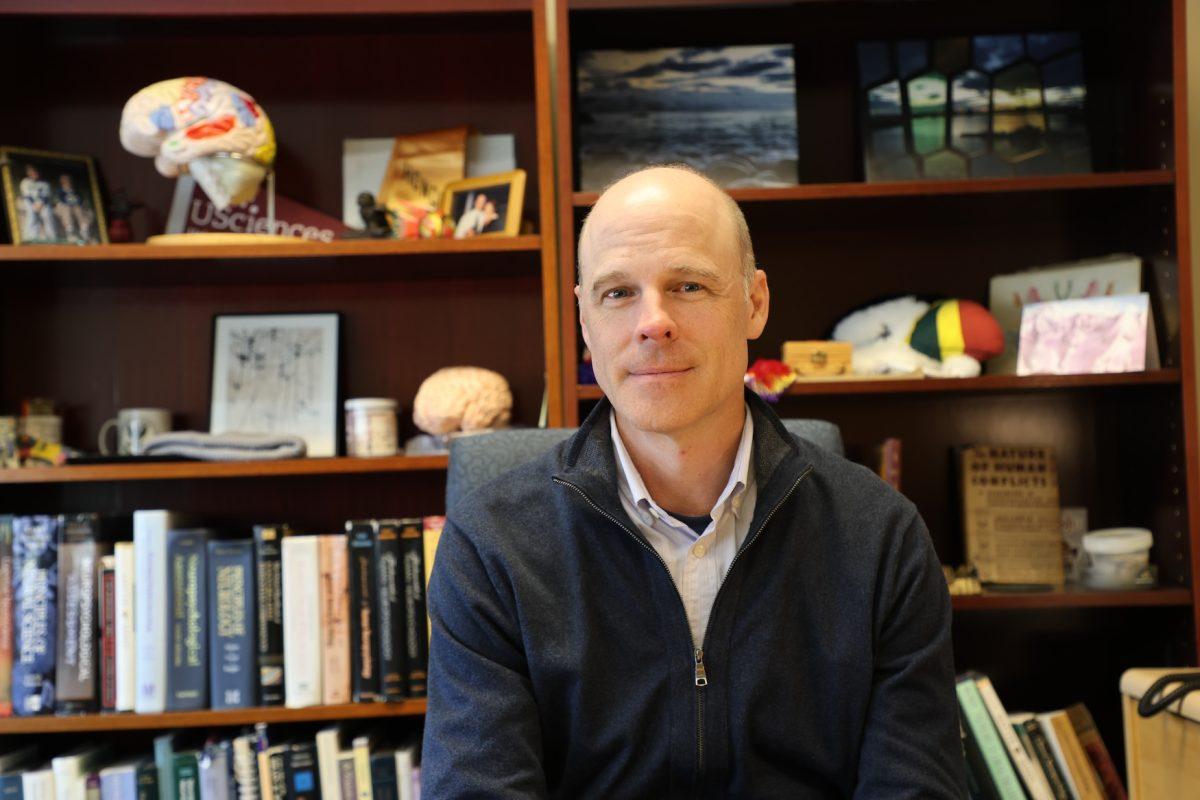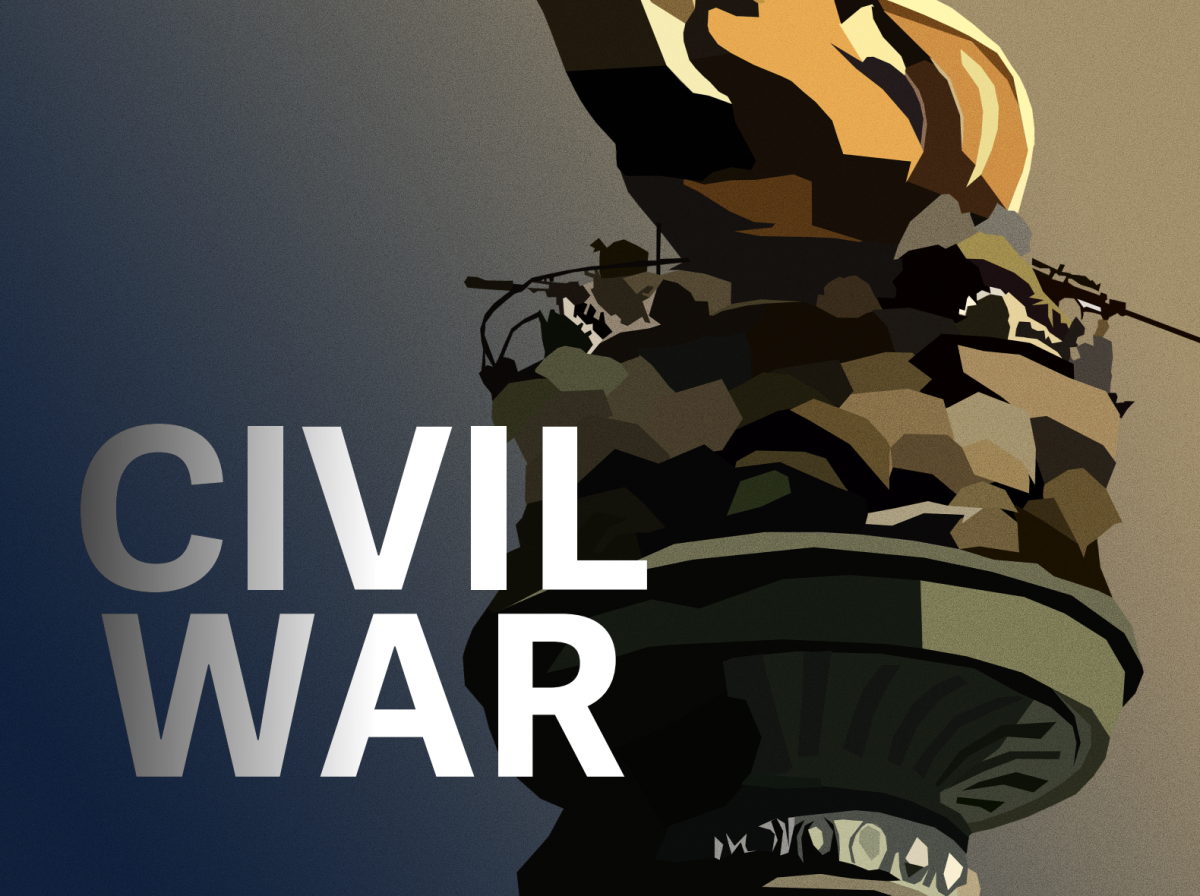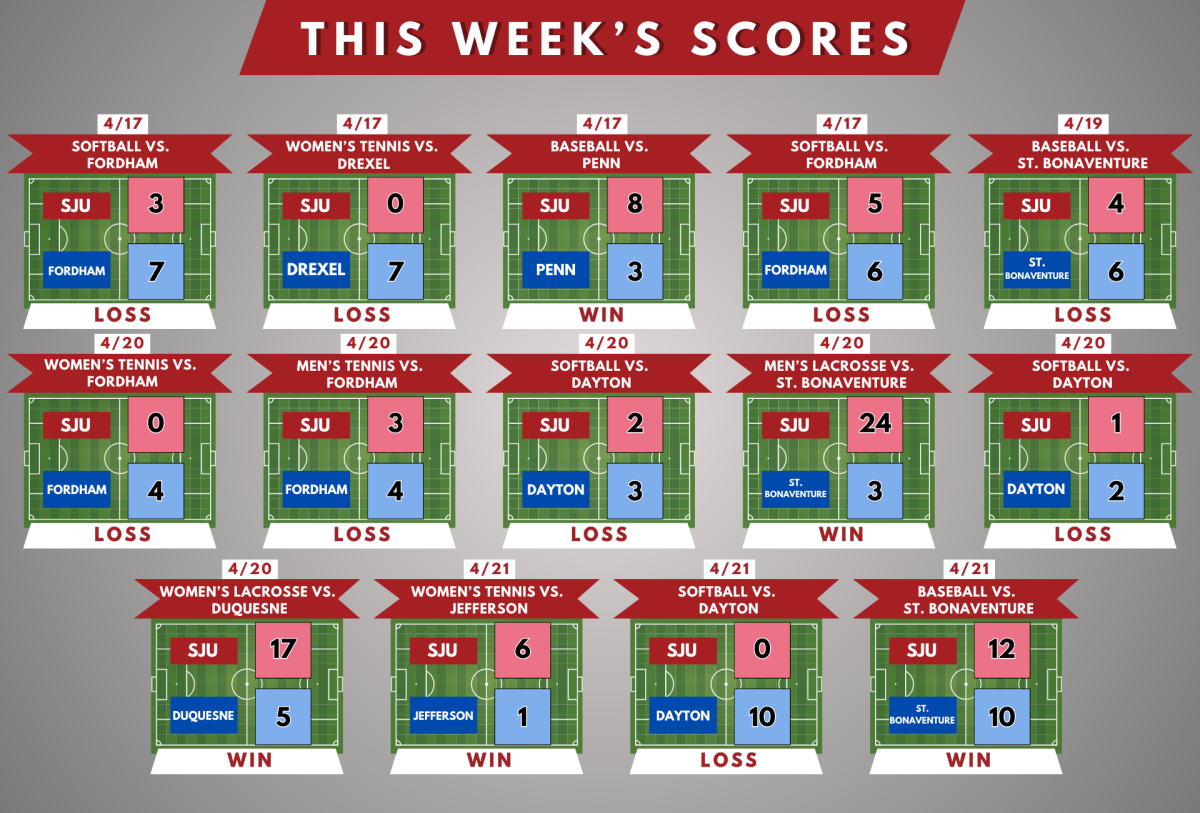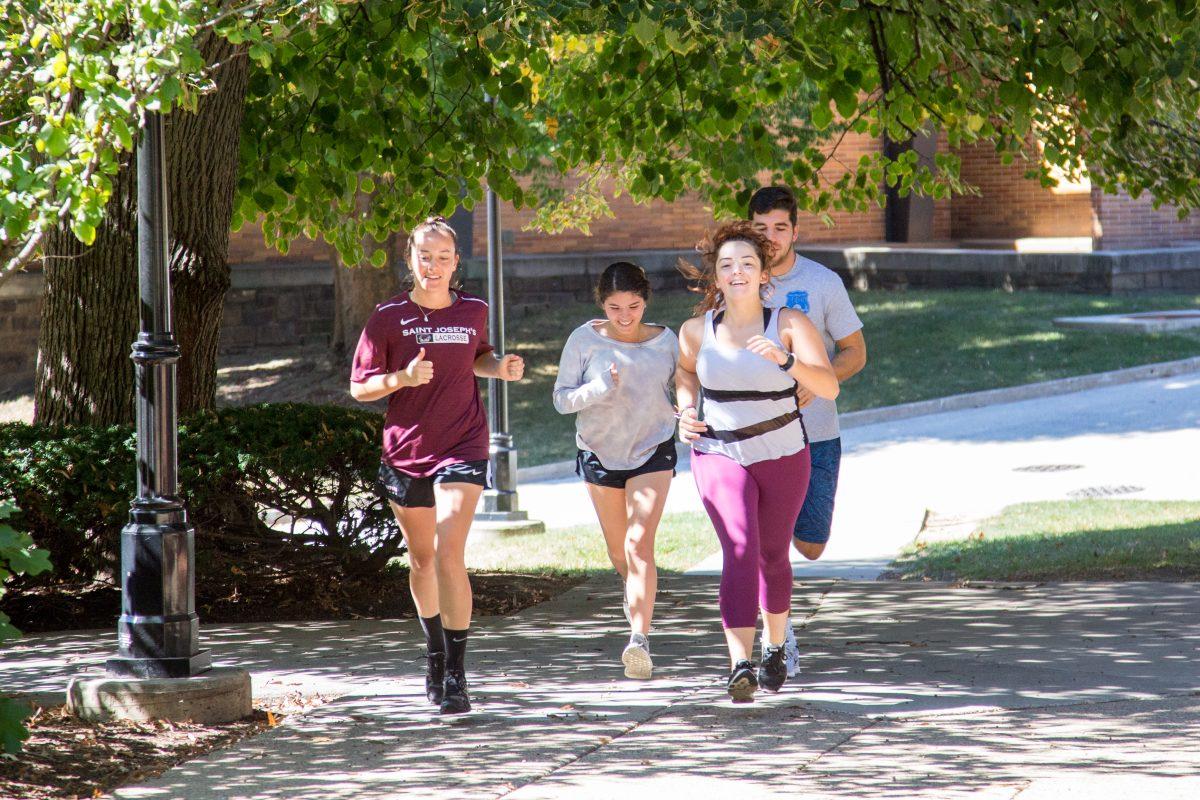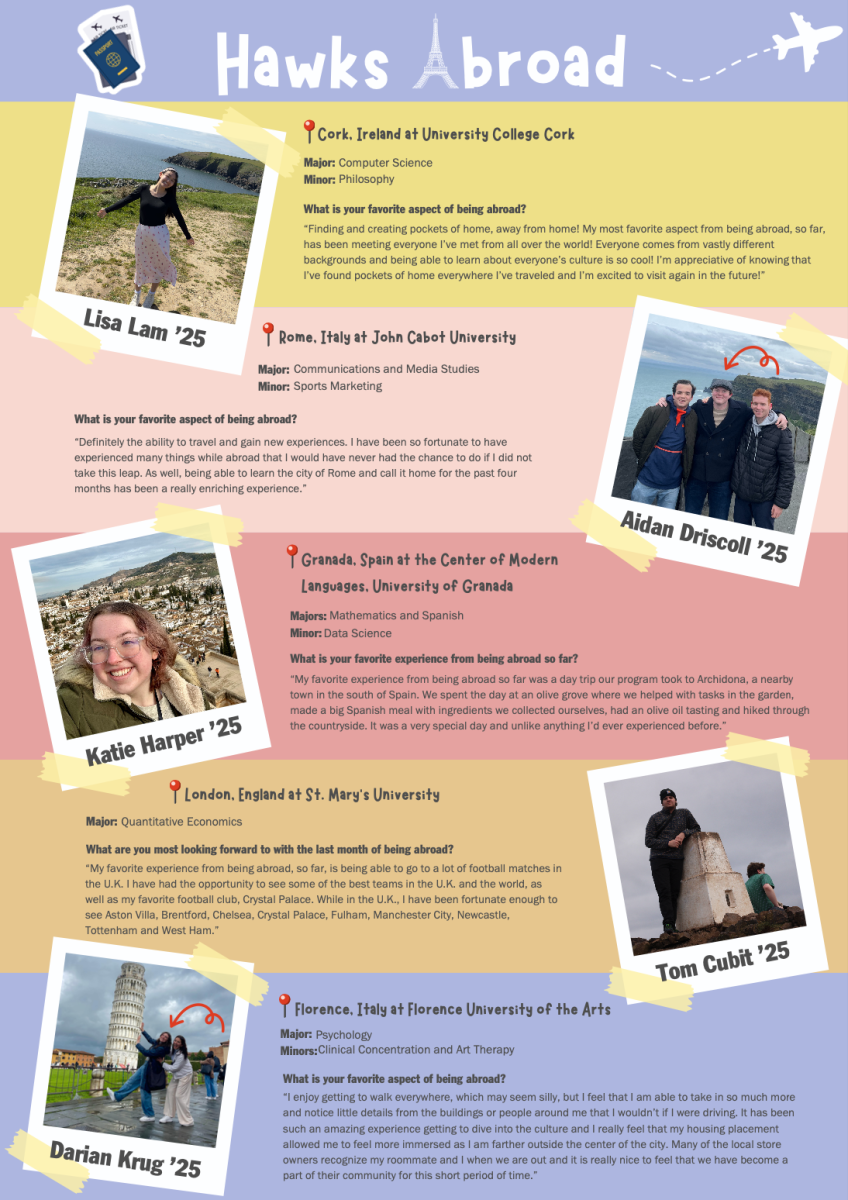Class draws creativity from physical activity
Although most English classes at Saint Joseph’s University begin with students cracking open their books, there is one that requires students to lace up their sneakers instead.
Running to Write, a 400-level course taught by assistant professor Thomas Coyne, M.F.A, is a class unlike any other offered at Saint Joseph’s. This writing intensive course also challenges students to train for a race: an 8K, a half marathon or a marathon.
Students keep a training blog to write about their experiences, but are also encouraged to write about what comes to their mind when running, whether it relates to the activity or not.
“Something interesting happens when you’re exercising or running,” Coyne said. “Your mind is full of blood and chemicals and energy and it’s a great creative moment. It usually leads to something pretty interesting.”
In addition to writing, Coyne also has his students read various genres.
“The course is a multi-genre writing course,” Coyne said. “We look at fiction, poetry and creative nonfiction as it relates to running. In a class period, we look at one of our texts which we’re reading as writers to learn from other writers.”
Rebecca Lane ’19, a student in Coyne’s class, says everything comes together at the end of the course.
“Our final project is a book proposal for a running book,” Lane said. “Once we get through all of our work, we have other projects to do, but having a book proposal that I could possibly go to a publisher with and try to get published is awesome.”
The course has been taught this way since it was first introduced in 2012. Running to Write is one of a few classes Coyne teaches, so it is only offered every three years. According to Peter Norberg, Ph.D, English department chair, the success of this class comes from its challenging nature and opportunity for growth and reflection.
“In training for Philadelphia marathon events, students discover a great deal about themselves and their ability to set and meet goals,” Norberg said. “The challenge of overcoming personal and physical limitations and how to deal with both success and failure [is what benefits students].”
In Norberg’s experience as department chair, professors typically draw from their own professional and research experience when they create a new course, which is something that Coyne accomplished through Running to Write.
“I was wrestling with a manuscript about why people run marathons, so I was interested in distance running,” Coyne said. “And [associate English professor Paul Patterson, Ph.D.] came to me for the idea saying he does all of his best thinking on long runs, so it would be interesting to combine a writing course with distance running.”
In addition to his focus on running, Coyne also wrote a novel about golf called “Gentleman’s Game,” which was later made into a film. He also wrote the screenplay for the adaptation, which was nominated for an Excellence in Sports Performance Yearly [ESPY] award in 2003.
In the course description, Coyne stresses that student with all athletic abilities are welcome to participate, resulting in a diverse range of skills in the class.
Lane, as a member of the varsity lacrosse team, recognizes the array of athletic ability present in the class. Her goal for the class is to train for the half marathon.
“It [running] is a major turn around,” Lane said. “That’s why I wanted to do it [the class]; I wanted to be really fit for lacrosse and have endurance. That’s what I write about most of the time.”
From this course also comes a tight-knit group of people who share their training, as well as their writing, for an entire semester. Coyne even hosts a pasta party at his house for his students the night before they have their races.
“People get really tight,” Coyne said. “Not only are they sharing creative work with one another, but they’re also going through this process of training that promotes bonding.”

